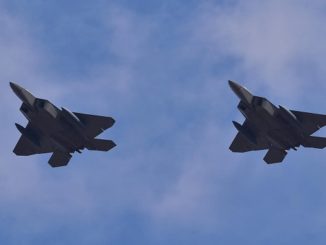
OPEC cut its 2022 forecast for growth in world oil demand for a third time since April, in contrast with that of the IEA, which raised its demand outlook.
The Organization of the Petroleum Exporting Countries cited the economic impact of Russia’s invasion of Ukraine, high inflation, and efforts to contain the Covid pandemic as to why it saw lower oil demand growth.
It contrasts the view of the International Energy Agency, the adviser to industrialized countries, which raised its 2022 demand growth outlook on the same day.
OPEC in a monthly report said it expects 2022 oil demand to rise by 3.1 million barrels per day, which is 3.2 percent. This is down 260,000 barrels per day from the previous forecast.
The IEA raised its forecast by 380,000 barrels per day to 2.1 million.
Oil use has rebounded from the worst part of the Covid pandemic. It is now set to exceed 2019 levels, even with prices hitting record highs. But high prices and Covid outbreaks in China have eaten into OPEC’s 2022 growth projections.
“Global oil market fundamentals continued their strong recovery to pre-COVID-19 levels for most of the first half of 2022, albeit signs of slowing growth in the world economy and oil demand have emerged,” OPEC said in its report.
OPEC cut the 2022 global economic growth forecast to 3.1 percent from 3.5 percent, and trimmed the 2023 forecast to 3.1 percent as well, saying the prospect of further weakness remains.
OPEC said in the report that this is still solid growth, especially when compared with pre-Covid growth levels.
“It is obvious that significant downside risk prevails,” OPEC said.
Oil prices held on to an earlier gain after the report was released, finding support from the IEA’s view on demand and trading above $98 a barrel.
OPEC and its allies including Russia are collectively known as OPEC+. They have ramped up oil output after record cuts were put in place as Covid came in 2020. In recent months, the group has failed to fully achieve the planned production increases, due to underinvestment in oilfields by some OPEC members, combined with losses in Russian output.




Be the first to comment